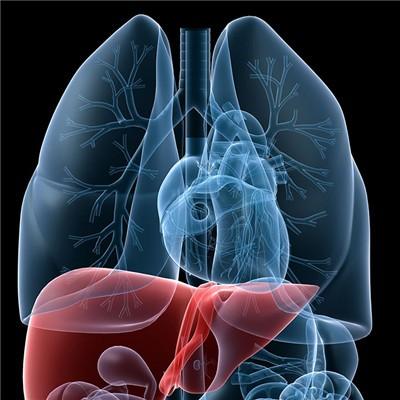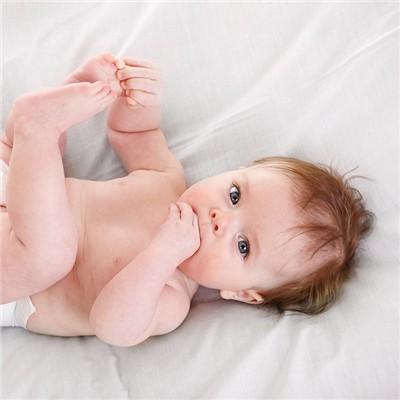What reason is infantile febrile convulsion
summary
Febrile convulsion refers to the convulsion (convulsion) caused by high fever caused by cold, upper respiratory tract infection, tonsillitis, urinary system infection, bronchopneumonia, measles, mumps, and viral infection. It usually occurs in children's period, mainly in children between 1 month and 5-6 years old. During this period, children's resistance is weak, It is very easy to be infected by bacteria or virus to cause body temperature rise. Clinical investigation found that when the body temperature rises to 39 ℃ or above, convulsions suddenly appear. Let me talk about it
What reason is infantile febrile convulsion
The main manifestations of febrile convulsion are: sudden unconsciousness, head backward, eyes up, mouth foaming, forced or paroxysmal twitch of muscles on face and limbs, and incontinence of urine and feces in some children. Generally, the onset time of febrile convulsion is relatively short, generally without sequelae.
Any sudden high fever in children may cause febrile convulsion, and high fever is also the most common cause of febrile convulsion in children. Because this stage of children's brain development is not perfect, inhibition ability is poor, coupled with this period of children's immunity is low, even weak stimulation can cause strong reaction in the brain.
The onset of convulsion in children is acute, if not timely and effective treatment, convulsion time is too long or recurrent convulsions, can make brain cells damaged, so as to affect children's intellectual development, leaving irreversible sequelae. When febrile convulsion occurs in children, parents should not panic and take positive and effective measures
matters needing attention
If the onset age of children is before 6 months or after 6 years old; The attack lasted for a long time and convulsed repeatedly in a febrile disease; Convulsions also occur in low fever, which is generally considered as complex febrile convulsions.











